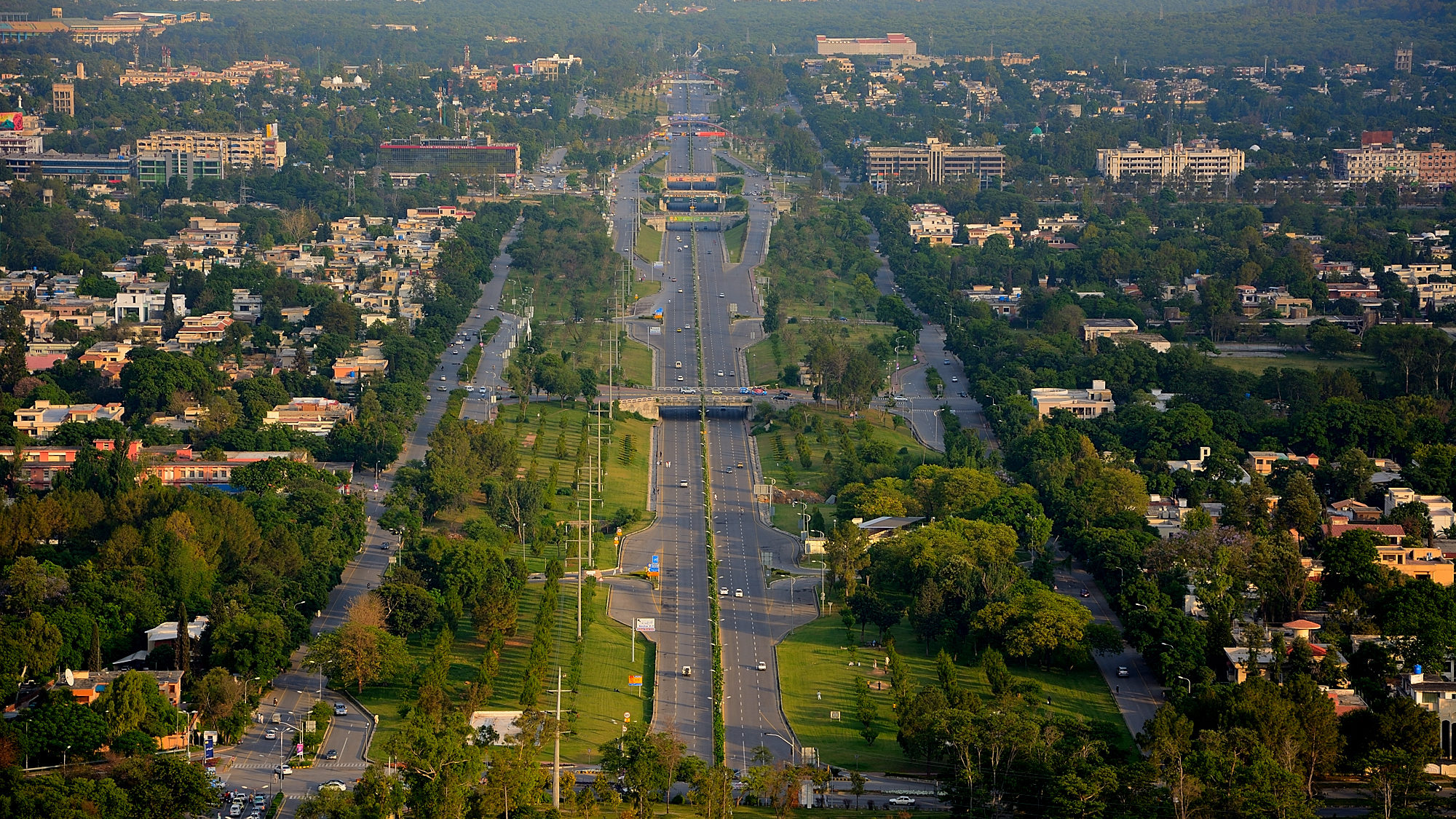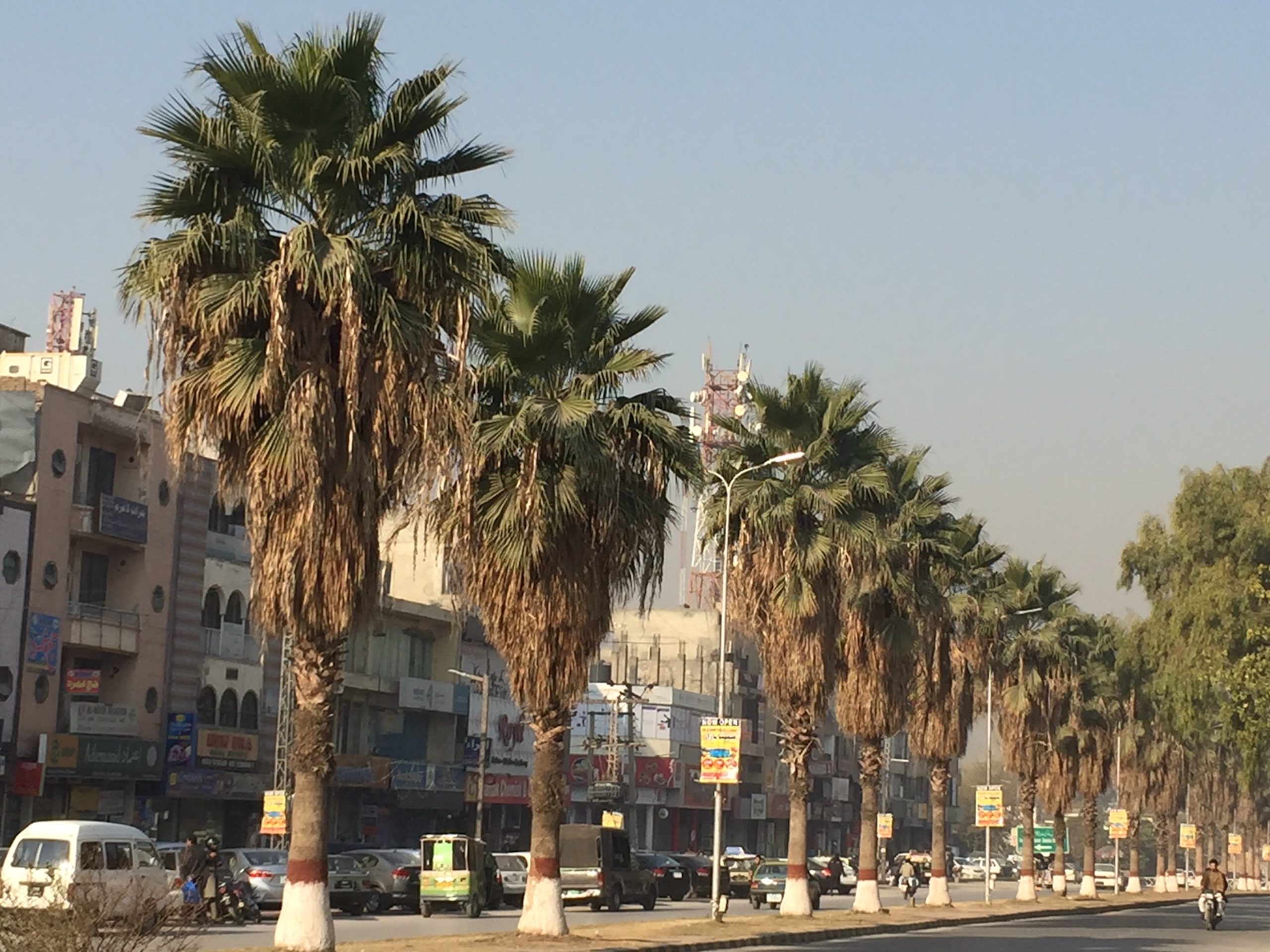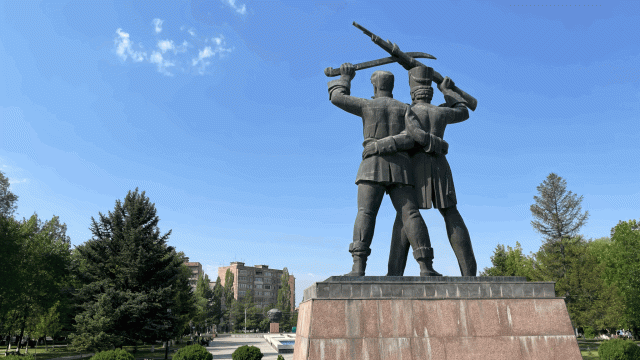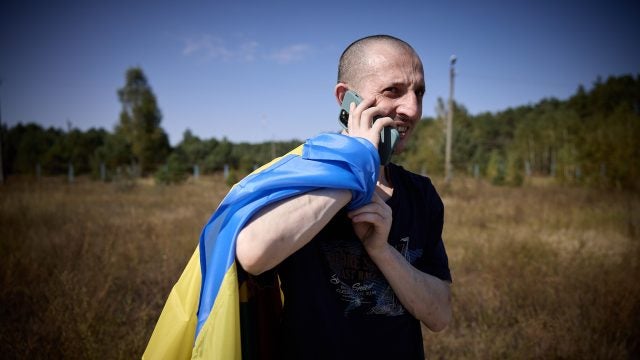
Title: From Planting Soft Image of Pakistan to Climate Change
At the turn of the twenty-first century, Pakistan found itself in a familiar place of being under military rule. Its military dictator, General Pervaiz Musharraf, in the immediate aftermath of 9/11, transformed from an international pariah to a front-line ally of the West in the Global War on Terror (GWOT). Musharraf still lamented that Pakistan’s image abroad had been tarnished by its association with terrorism and extremism. He thus pursued the projection of a “truer” image of Pakistan through a cultural lens, which he called “soft Pakistan.”
Musharraf liberalized and corporatized the media, courted international capital, and even initially took on the corporate title of “chief executive” instead of the “chief martial law administrator” title of his predecessors. Nonetheless, he retained the Pakistani military’s umbilical relationship with religious extremists and repressed progressive labour and ethnic movements. Pakistan was to tell a new story about itself both to itself and to the world. The story was to be consonant with the new cultural politics of late liberal capitalism, where the idiom of being “open for business” was to occlude the climate adaptation storyline. These politics materialised in the physical urban landscape of Pakistan, for plants and urban horticulture played a pivotal role in this new discursive rebranding of Pakistan.
The modern developmental state makes its territory legible and manageable through large infrastructure projects such as dams, highways, and model cities. The Musharraf regime brought a fair share of mega-projects to its governance practices, but it also tapped into the new liberal globalist tendency of hollowing out of the state. As the Pakistani state aligned itself with the neoliberal ethos of a smaller state footprint, it had to add to its ongoing project to “see like a state”, as James Scott put it, a complementary project of being “seen like a state” in a neoliberal register by a global audience. To “see like a state” implies the modern project of treating societies as infinitely malleable and subject to rational manipulation. That manipulation may make society legible to the state, but it may not serve the people. Urban horticulture, which does not serve poor Pakistanis well, became one of the important arenas where global gaze was to be directed.
The Musharraf regime ushered in a new visual grammar of soft Pakistan, where plants played a central role. As the ex-director of Islamabad’s Capital Development Authority (CDA) put it, “Since 2000 the visual aesthetic has taken over environmental amenity considerations [in horticulture].” The planning imperative is for cities that “look like an urban manicured garden.” Pakistan’s urban green can be apprehended superficially through an international lexicon of “green cities,” “green infrastructure,” or “ecosystem services.” These neoliberal planning mantras offer bleached perspectives on vegetal politics. With Pakistani cities reeling from the demands of providing safe drinking water to their teeming population, many of our research respondents reported seasonally using more than half of their water supply for watering plants. According to research in the US Southwest with comparable temperature and climatic regimes as Pakistan, up to seventy percent of the municipal water supply in semi-arid regions is used for landscaping showing how water-intensive urban horticulture can be. Our findings coupled with the US research throw the urban green’s hydro-political injustices into stark relief. In Pakistan’s largest city Karachi alone, twenty-five percent of households depended upon tanker water, which was twenty-nine times more expensive than municipal water supply in 2019. Less than forty percent of the households have access to piped water in Karachi. Meanwhile, Pakistan is also touted as one of the fastest-growing emerging markets for the international horticulture industry worth eighty-three billion USD in 2016, despite the fact that twenty-one million people lack access to clean drinking water, and in a city like Karachi, vast swathes of poor neighborhoods do not get any piped water supply for weeks to years.
The security state in Pakistan has metastasized to overwhelm the body politic with its neo-liberal vegetal politics not only through overuse of the water supply but also through its impractical implementation of the Dubai esthetic in the new housing developments. At the end of the twentieth and beginning of the twenty-first century, Pakistan witnessed a revolution in urban development. Led by military-run Defence Housing Authority (DHA) and privately-owned, but military-branded, Bahria Town (Bahria means navy in Urdu), urban development followed the infrastructural and horticultural aesthetics of Dubai, which had concurrently emerged as a glamorous regional city in the Persian Gulf, where many Pakistani workers and professionals had migrated. The Dubai aesthetic, defined by date palms and other ornamental plants, came to dominate the vegetal landscape of these sprawling, automobile-dependent housing developments. The success of Bahria town and DHA spawned a host of copycat real estate developments with the same fixation on ornamental plants instead of historical urban horticultural foods with a practical focus on shade and nutrition. The consequence of the above is that today Pakistan is the second-largest importer of exotic flower seeds in Asia after China, housing one of the largest horticultural markets in Asia based in the town of Pattoki in central Punjab province.

On April 30th,2018, the market town of Nawabshah, Pakistan logged the highest temperature recorded on Earth in the month of April—50.2 ̊C. Between June 14-17, 2015, 1,300 mostly working-class people died of heat stress in the Karachi heatwave. Sprawling urban developments lack public transportation and shade for the pedestrian, working poor while elites, in their air-conditioned cars, enjoy the visual fiesta of exotic flowers and plants laid out by “soft Pakistan.” The elites depict themselves as globalized consumers of this vegetal spectacle, while the working poor are denied their right to the city through the removal of shade and nutrition in the urban landscape. To live in the city, one must work elsewhere and get there in the 40 ̊C plus summer heat of Pakistan. The silent plant is the medium through which the state articulates to itself and to the world its vision of what the Pakistani polity should be: a consumerist and globalised society. This articulation, however, renders the vast majority of the poor deeply vulnerable to extant hazards and future uncertainties of climate change. Soft Pakistan is not just exclusionary for the Pakistani working poor—under climate change it is already fatal.
. . .
Daanish Mustafa, Professor in Critical Geography, Department of Geography, King’s College, London, 30 Aldwych, London, WC2B 4BG, United Kingdom. Email: daanish.mustafa@kcl.ac.uk.
Daanish Mustafa obtained his BA, MA and PhD, all in geography, from Middlebury College, VT, University of Hawai’i, Manoa, and University of Colorado, Boulder, respectively. He has taught at George Mason University, University of South Florida and King’s College, London. His research interests have been water resources, hazards and development geography. He also has a corpus of research and publications on critical geographies of violence and terror. His research has been funded by the US National Science Foundation, Natural and Environmental Research Council (NERC), the Belmont Forum, International Development Research Council (IDRC), and the British Academy among others.
Franklin Ginn, Senior Lecturer, School of Geographical Sciences, University of Bristol, University Road, Clifton, Bristol, BS8 1SS, United Kingdom. Email: franklin.ginn@bristol.ac.uk.
Franklin Ginn joined University of Bristol as a Lecturer in Cultural & Historical Geography in 2016. Prior to that he was a Lecturer in Human Geography at Edinburgh University (2011-2015). He has a PhD in Geography from King’s College London (2010), and Masters degrees from Canterbury University, New Zealand, and Middlesex University. He has worked at NGOs including Global Action Plan and Forum for the Future. He completed his undergraduate degree at the University of Cambridge.
Acknowledgments
The research for this article was funded by the Royal Geographical Society-Institute of British Geographers (RGS-IBG), Environment & Sustainability Research Grant no. 1/16.
Recommended Articles

Activists are campaigning worldwide to ban the use of facial recognition technology to identify, track, and profile people in public spaces. The power of this global movement is rising steadily…

